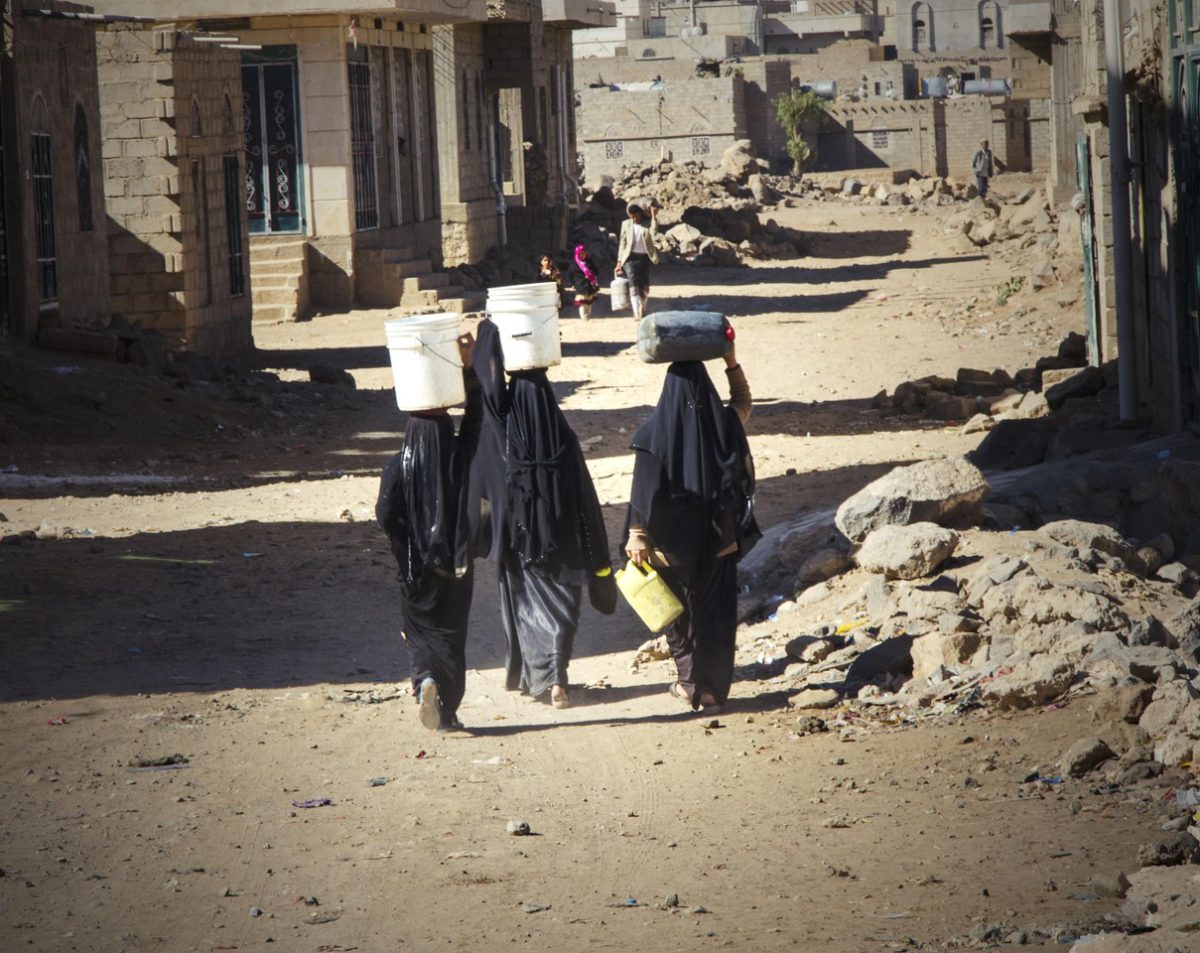Voices For Yemen
YemenExtra
SH.A.
The crisis in Yemen is the largest humanitarian emergency in the world today. After spending several weeks in the country, I found myself checking a map to confirm that Yemen actually appears on it. The lack of attention and decisive action to resolve this crisis defies common sense. Yemen can be found in any atlas, but it is not on the political map. And the suffering of its people is largely being forgotten.
On a population of 28 million, over 20 million people need some form of humanitarian assistance. Roughly half lack access to clean water and sanitation. Around seven million people are a small step away from famine. Over 10.000 people reportedly have died as a result of the conflict, the actual number is likely to be much higher. The world’s largest cholera outbreak is currently ravaging the country, with close to 1900 deaths and over 400.000 suspected cases. 5000 more cases are added to this daily, 40% of victims are under 15.
Travelling to Yemen is a challenge in itself these days. Particularly if your destination is the capital Sana’a, situated in the northern part of the country. Its airport has been closed to commercial flights for a year now, making it very difficult for the majority of Yemenis to leave the country; medical assistance, study or business abroad, many people have in one way or another been affected by this situation. With inhospitable (and often dangerous) areas in the north and east of the country, and sea to its south and west, alternative options for the Yemeni people to seek refuge are very limited indeed. Across the sea lie Somalia and Eritrea, not exactly safe havens by any standards. Incredibly enough, small flows of refugees still move in both directions across the Gulf of Aden. It stands to show the lack of options and the level of despair that people in this region face.
Upon arriving to Sana’a on a UN-humanitarian flight, the airport offers an eerie, post-apocalyptic spectacle: The remnants of military planes filled with holes litter the airfield, alongside burnt-out hangars. A general lack of activity provides a stark contrast with the bustling airports I’ve had to navigate over the past few days. Our flight is likely to be the only arrival and departure scheduled here for the day. Shortly before we touch down, airstrikes take place in the vicinity of the airport. Some information is best served cold and belatedly.
On a short-term assignment to support the humanitarian work of CARE International in Yemen, I roughly knew what to expect beforehand. The Yemeni people have been left to their own devices, while a number of humanitarian organizations in cooperation with several UN agencies attempt to alleviate the suffering. Serving 20 million people during an active conflict, with a lack of resources, a nearly collapsed system of public services and numerous impediments to reach the population is a tall order.
To witness firsthand the resilience of the Yemeni people under these circumstances is in many ways encouraging. They remain as friendly and hospitable as they are reputed to be. But after two years of open conflict, the limits of what the Yemeni people can cope with have been reached. This country was already among the poorest in the region before the conflict. Now war, hunger, disease and unemployment have made daily life an even bigger challenge for the population.
Every day, we hear new stories about life in different parts of Yemen ; a women losing her son within hours after it became apparent he had contracted cholera. A little girl who managed to recover from severe and acute malnutrition, only to succumb to cholera shortly after. A group of 20 displaced Yemeni’s, including 10 children, who perished in a make-shift shelter as the result of an airstrike. The stories are mind-numbing and one cannot help but wonder why we still allow this to happen in a 21st century world.
In the meantime, I am left with a mix of frustration and inadequateness. We need to do more and we need to do better. At what point does human suffering reach a tipping point, making it universally unbearable? This conflict is entirely man-made, and we have the power to end it tomorrow. In this day and age of nearly unlimited information, we can no longer stick our heads in the sand and pretend we don’t know. The numbers don’t lie, nor do the images. My head is still ringing from this week’s images. And from this video.
By Okke Bouwman, humanitarian policy advisor CARE Nederland

